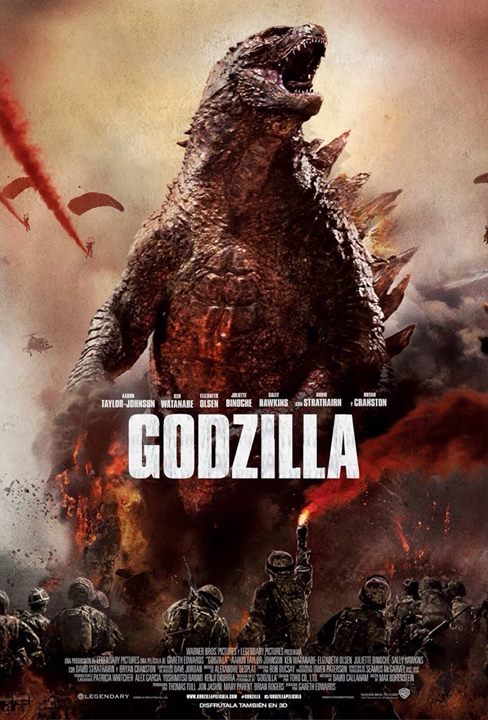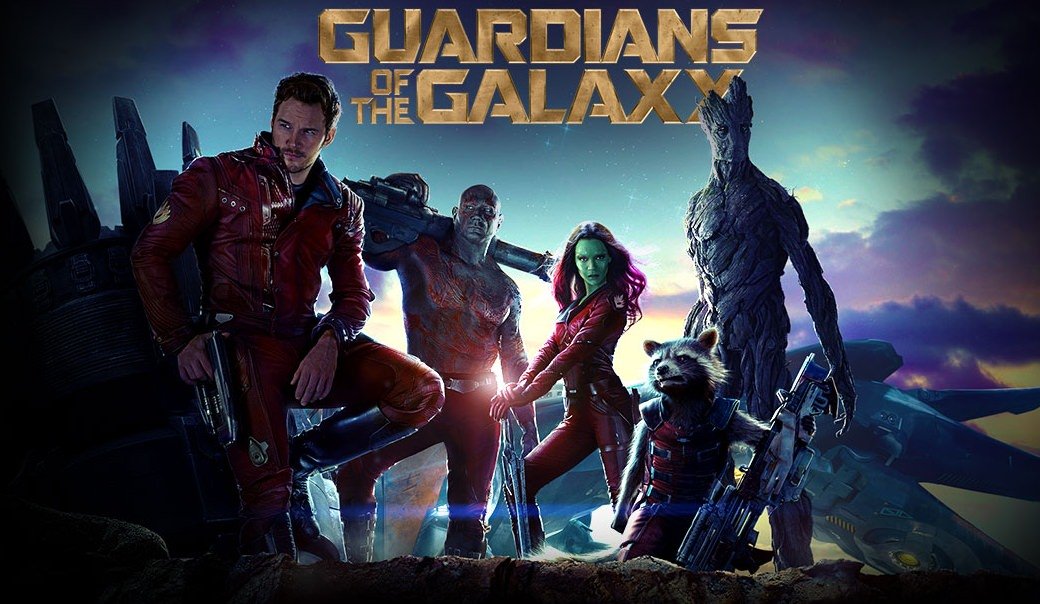George Lucas's
Willow is no
Star Wars. Even though its made from the same sort of stock characters and the same sort borrowings from early sources, but it doesn't quite come together in the same way. At least it didn't seem to to my fifteen year-old self, and it doesn't seem to to me today.
Moebius's concept work, which I first glimpse in a magazine at the time, has only grown in my estimation since. Perhaps it doesn't suggest a weird fantasy Willow or anything that radical, but it does at least suggest to me a decent Studio Ghibli-esque film might have come from the material. Let's take a look and (re-)imagine:
Here's the titular hero and (I believe) one of his Nelwyn fellows. Nothing of the pastoral gentility of a Baggins, nor the too literal "small folk" of the film. These guys make me think of Howard's diminutive and declining Picts in "The Lost Race," but also aboriginal peoples like the
Emishi (in
Princess Mononoke) or Ainu. A sense of the Nelwyn threatned by humanity (or Daikini) would have been nice. I like the long earlobes, too.
Madmartigan is the rogue with the heart of gold Han Solo type, but with a bit more wastrelness, he could have been a wuxia sort of character, or Sanjuro from
Yojimbo, or Mugen from
Samurai Champloo--both of which are great swordsman, too. Moebius gives us a design that completely fits with those characters, suggests a world of ronin or wandering swordsmen of some sort.
So at this point, you might be thinking, "basically he's just going to say
Willow should have been more Asian?" So now I'm going to throw you off:
King Kael here (General Kael in the film) is described as "bestial" in the third draft of the script, which he obviously is here. Perhaps he is a lover of Bavmorda transferred by her magic? A reverse Beauty and the Beast (there's maybe a bit of Cocteau's beast about him. Maybe)? Or is he the captain of the flying monkeys, so to speak? Anyway, he fulfills a bit of a Witch-King of Angmar role, so fleshing out his badass villainy would have been good.
Now, it's back to the Asian stylings. The mask suggests (to me) childhood mindwarping courtesy of Bavmorda for the warrior woman Sorsha. Maybe she's just go a slight blemish, but has been convinced its a horrible disfigurement
a la (some accounts of) Doctor Doom? Maybe her inhuman beauty as a daughter of the Tuatha de Danaan-esque folk of Tir Asleen
is her disfigurement to her witch queen mother? Note that the mask isn't just a human mask, it's go that single Oni horn. Probably means something.
Lastly, I believe this is one of two fairly divergent designs Moebius did for the brownies--but in an earlier script draft Willow and baby get captured by elves who are described as wearing "samurai-type outfits and angry little haircuts." These are guys who (in the script) collect baby tears as part of their gig. Now think of these sinister little guys, like a mashup of the
Indian in the Cupboard and the evil faerie of del Toro's
Don't be Afraid of the Dark remake. I think we could do without the French accent Lucas specifies for their leader, though.


















































